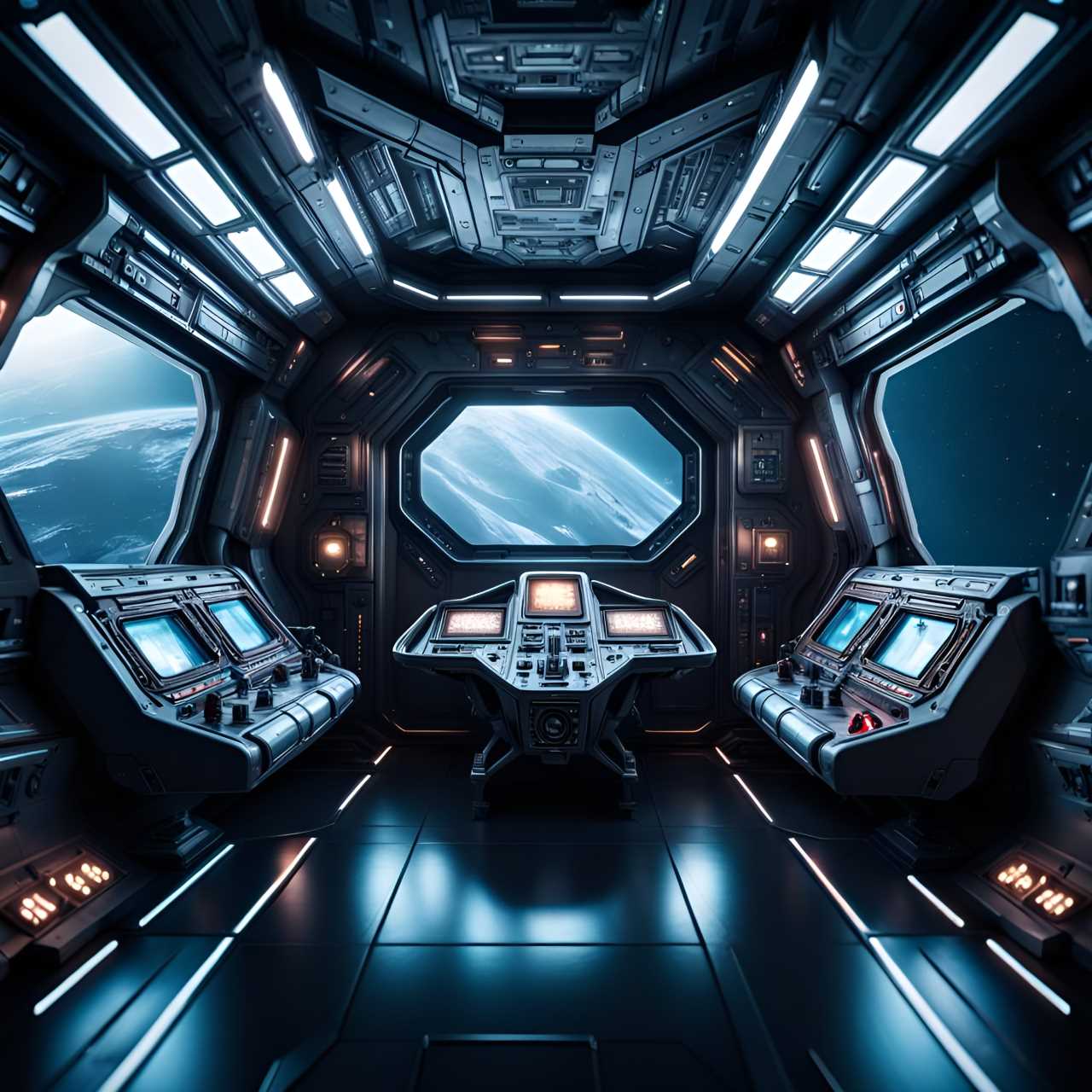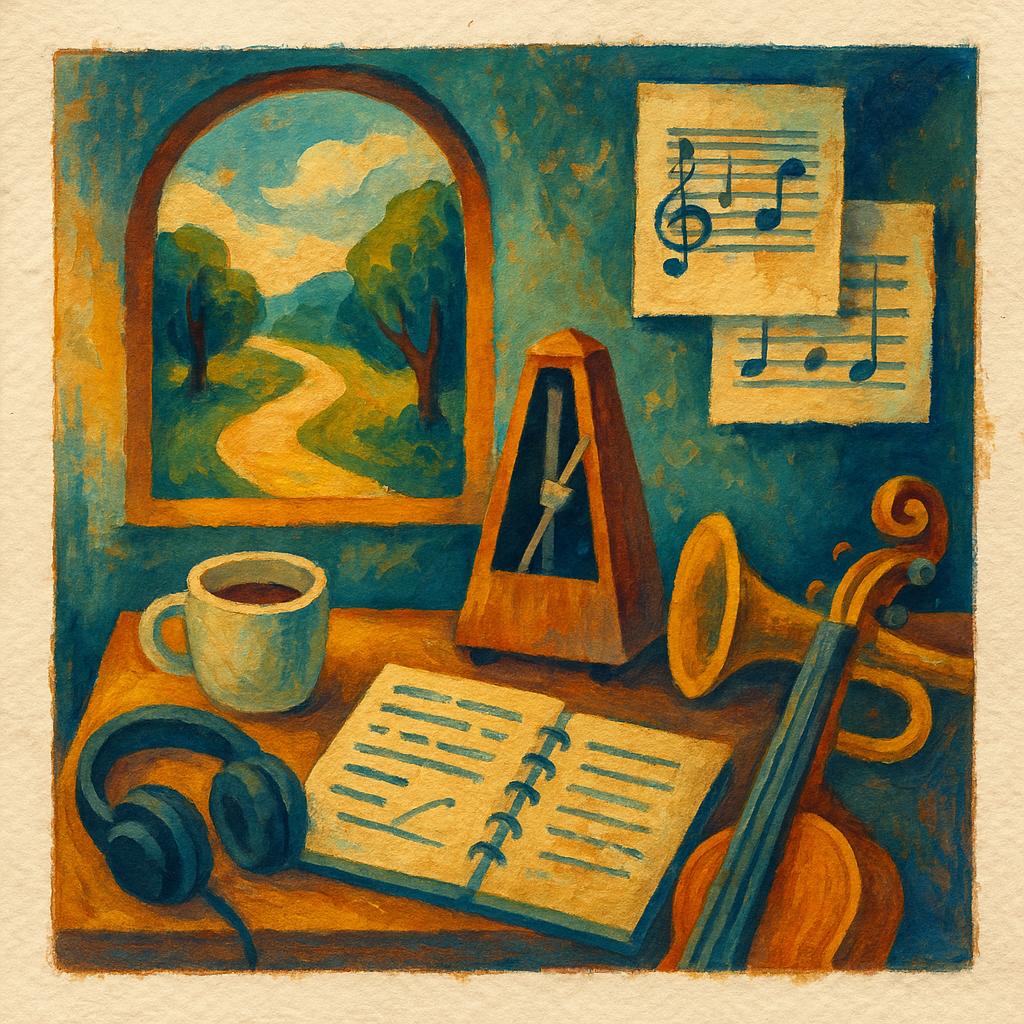“Ghost Notes” was born from my wish to blend modern beats with elements of traditional Japanese music – Shakuhachi, Koto, and melodic phrases reminiscent of classical Japanese tonal movements. This idea itself isn’t new, but for my own music, it is. My personal environment clearly shapes the atmosphere here.
Not every piece on this EP moves within that crossover, but they all share the same perspective: a balance between electronic structure and cultural resonance.
At the same time, Ghost Notes also marks a departure from the more experimental approach of my earlier works. I already sensed that shift with the single Delta State, but here it becomes even more audible. I’m perfectly fine with that – it’s simply the musical reflection of where I am right now. At this moment, this is exactly the kind of music I want to make.
1. Nagoya Nights
A gently phrased love letter to my hometown. The nights in Nagoya have their own rhythm – calm, yet never empty. There are excellent restaurants, small izakayas, lively clubs in the Sakae district, and countless places one loves to revisit.
When I think of Nagoya, I see my favorite onsen, Sakura Dori, the castle, and in the distance, the Japanese Alps – visible from the TV Tower or on the way out toward the suburbs. These were the images in my mind while composing this track. And also the evenings when my partner and I simply go out to eat or take a walk.
The harmonies remain open, as if they were breathing in the city’s pulse. This track isn’t a portrait, but an echo of the place that has become my home.
2. Koenji Shuo Park
A place in Tokyo, away from the typical tourist hotspots. Beautiful for strolling or just sitting down when the weather allows. Students from nearby schools and universities come here to spend their breaks or relax in the afternoon. It’s calm – and effortlessly cool.
Around it, in the Koenji district, you’ll find vintage and secondhand shops, record stores, retro boutiques, and venues where art and subculture are alive. This is where Japan’s punk scene was born, and even today, there are wild clubs and underground live houses that still carry that energy.
Koenji has its own rhythm, free from conventions – human as well as musical. Maybe that’s why my musical thoughts flowed so naturally there.
3. Shinkansen
This track avoids all clichés. There’s no imitation of rail sounds. The main motif rests on a steady electronic sequence beneath which harmonic shifts unfold. As passengers, we enjoy the ride inside while the landscape rushes by outside. Yet it’s not about speed, but flow – the energy that emerges from steadiness.
The sound is electronic and warm, as if the machine itself were dreaming. For me, Shinkansen symbolizes a kind of modern serenity – control and surrender in the same breath. Just lean back, relax, and eventually arrive.
4. Lucent Drift
Carried by angelic tones, the sound of the Koto takes over and then dissolves into synthesizer textures. Dreamy leads and solid drums drive the track forward until the Shakuhachi appears, its airy tone merging once again with electronic layers.
To me, this composition and arrangement show how beautifully traditional instruments and modern beats can complement one another.
5. Interstellar
Interstellar is a journey between motion and stillness – guided by an inner pulse around 100 BPM, perceptible but never forceful. Anchored in A-sharp minor, the track connects melancholy with quiet confidence: darkness as vastness rather than threat. Open textures, delicate highs, and an organic dynamic make it breathe – precisely produced, yet intentionally human.
For me, Interstellar isn’t a sonic image of outer space, but an inward flight through memory, awareness, and time.
6. Vector Sleep
Vector Sleep serves as the rhythmic counterpoint of the EP – electronic, clearly structured, and in constant motion. At 120 BPM, its precise layers maintain the flow without ever pressing forward. A piece balancing structure and atmosphere – focused, vibrant, consciously rhythmic.
7. Hope
From the beginning, this was intended as the final image – but without pathos.
Hope opens the space once more – warm, fluid, and restrained.
It’s deliberately cinematic – sustained, gently dramatic, and clearly structured. A pulse around 100 BPM keeps it moving, while the harmonic depth in A minor creates emotional tension. A track that unfolds more like a scene than a song.
Closing Thought
Ghost Notes are the sounds that lie between cultures, times, and states of being – barely audible, yet deeply felt.
They connect electronics and tradition, motion and stillness, memory and presence.
Perhaps that’s their true meaning: music that doesn’t aim to impress, but to remain.



